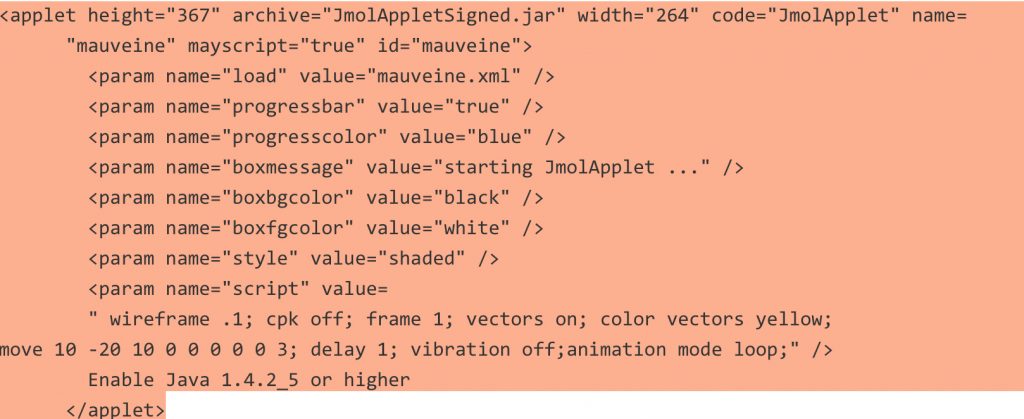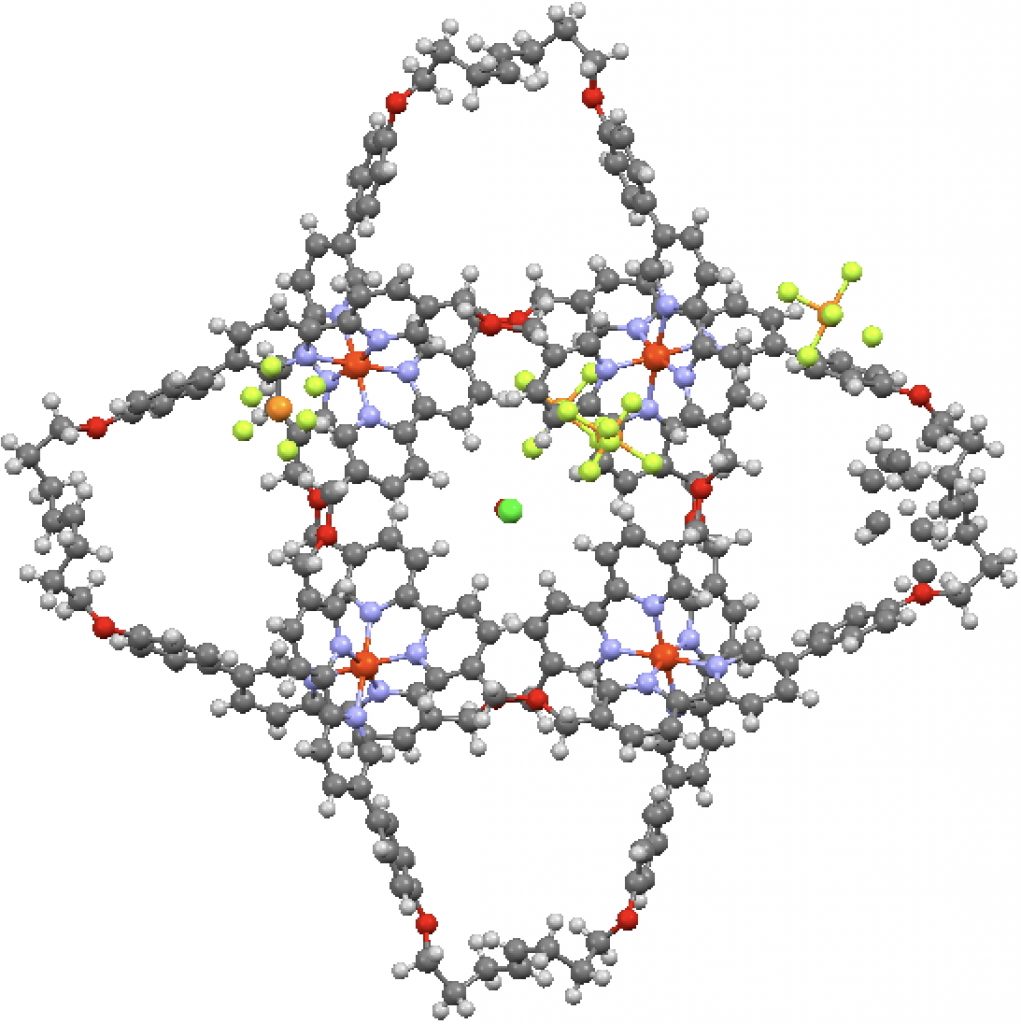The title refers to an upcoming symposium on the topic on 22-24 May, 2017. I quote here some of the issues tabled for discussion: Which data do we want to save, how and why and how long? What really needs to be reproducible? Are current reporting standards being used sufficiently? Are the current procedures for depositing data too onerous for scientists? Will technology, through increasing automation, fix most of the problems?

Almost exactly 20 years ago, I started what can be regarded as the precursor to this blog. As part of a celebration of this anniversary,[cite]10.3390/molecules22040549[/cite] I revisited the page to see whether any of it had withstood the test of time. Here I recount what I discovered. The site itself is at www.ch.ic.ac.uk/motm/perkin.html
The story so far. Inspired by the report of the most polar neutral compound yet made, I suggested some candidates based on the azulene ring system that if made might be even more polar. This then led to considering a smaller π-analogue of azulene, m-benzyne. Here I ponder how a derivative of this molecule might be made, using computational profiling as one reality check.

This is one of those posts of a molecule whose very structure is interesting enough to merit a picture and a 3D model. The study[cite]10.1126/science.aal1619[/cite] reports a molecular knot with the remarkable number of eight crossings.

Here is an inside peek at another one of Derek Lowe’s 250 milestones in chemistry, the polymorphism of Ritonavir .[cite]10.1023/A:1011052932607[/cite] The story in a nutshell concerns one of a pharma company’s worst nightmares;

My holiday reading has been Derek Lowe’s excellent Chemistry Book setting out 250 milestones in chemistry, organised by year. An entry for 1920 entitled hydrogen bonding seemed worth exploring in more detail here.

The previous posts produced discussion about the dipole moments of highly polar molecules.
A project fork is defined (in computing) as creating a distinct and separate strand from an existing (coding) project. Here I apply the principle to the polar azulene 4 explored in an earlier post, taking m-benzyne as a lower homologue of azulene as my starting point. m-Benzyne is a less stable 1,3 isomer of o-benzyne (1,2-dehydrobenzene), and is often represented as a 1,3-biradical of 1,3-dehydrobenzene.
I am completing my survey of the vote for molecule of the year candidates, which this year seems focused on chemical records of one type or another. The first article[cite]10.1002/chem.201601916[/cite] reports striving towards creating a molecule covering a complete column of the period table.
This, the fourth candidate provided by C&EN for a vote for the molecule of the year as discussed here, lays claim to the World’s most polar neutral molecule (system 1 shown below).[cite]10.1002/anie.201508249[/cite] Here I explore a strategy for extending that record.
